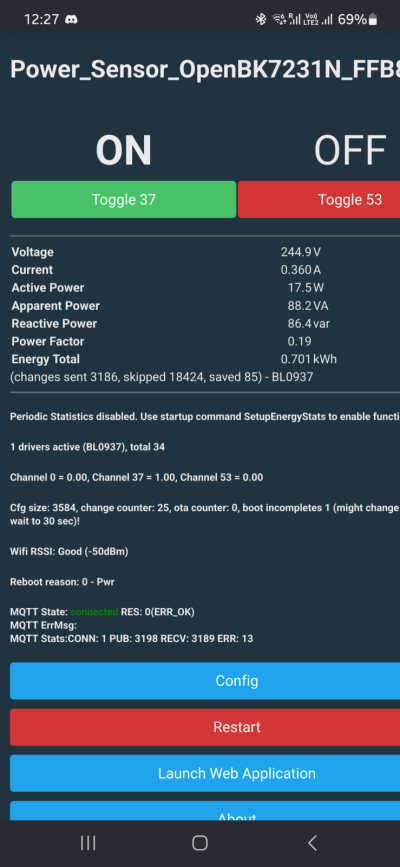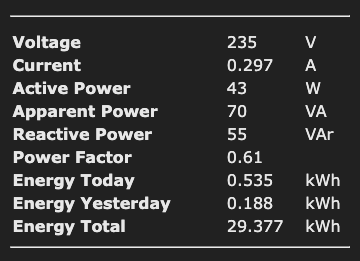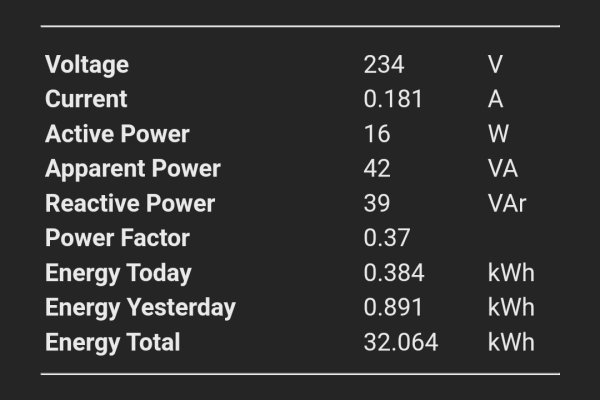How much power does your UPS consume when it's plugged in but not turned on and not charging batteries? Can you guys check if you have any energy meter with you?
My APC consumes 20 watts plugged in doing nothing.
That's, ~20watt x 24 hours = 0.5 unit per day or 15 units per month of wasted electricity Or about Rs. 170 per month.
Or about Rs. 170 per month.
My whole computer system including UPS consumes about 60 units per month. So about 1/4 of that electricity is merely used to keep the UPS warm and doing nothing.
That means I'm spending 2k per year on UPS that's doing nothing. Isn't this crazy? If I disconnect the UPS when I'm not using the computer, I think I'll probably save 1k per year.
If somebody is using an AC to cool their room, it gets even worse. To offset 0.5 unit worth of heat, you'll have to use 1 more unit of electricity on the AC itself (there are inefficiencies). If I cool my room with AC, I'll waste 45 unites per month just to keep my UPS warm and toasty, or about Rs. 6k per year.
Are all UPS brands taking this much power and doing nothing?
My APC consumes 20 watts plugged in doing nothing.
That's, ~20watt x 24 hours = 0.5 unit per day or 15 units per month of wasted electricity
 Or about Rs. 170 per month.
Or about Rs. 170 per month.My whole computer system including UPS consumes about 60 units per month. So about 1/4 of that electricity is merely used to keep the UPS warm and doing nothing.
That means I'm spending 2k per year on UPS that's doing nothing. Isn't this crazy? If I disconnect the UPS when I'm not using the computer, I think I'll probably save 1k per year.
If somebody is using an AC to cool their room, it gets even worse. To offset 0.5 unit worth of heat, you'll have to use 1 more unit of electricity on the AC itself (there are inefficiencies). If I cool my room with AC, I'll waste 45 unites per month just to keep my UPS warm and toasty, or about Rs. 6k per year.
Are all UPS brands taking this much power and doing nothing?
Last edited:



